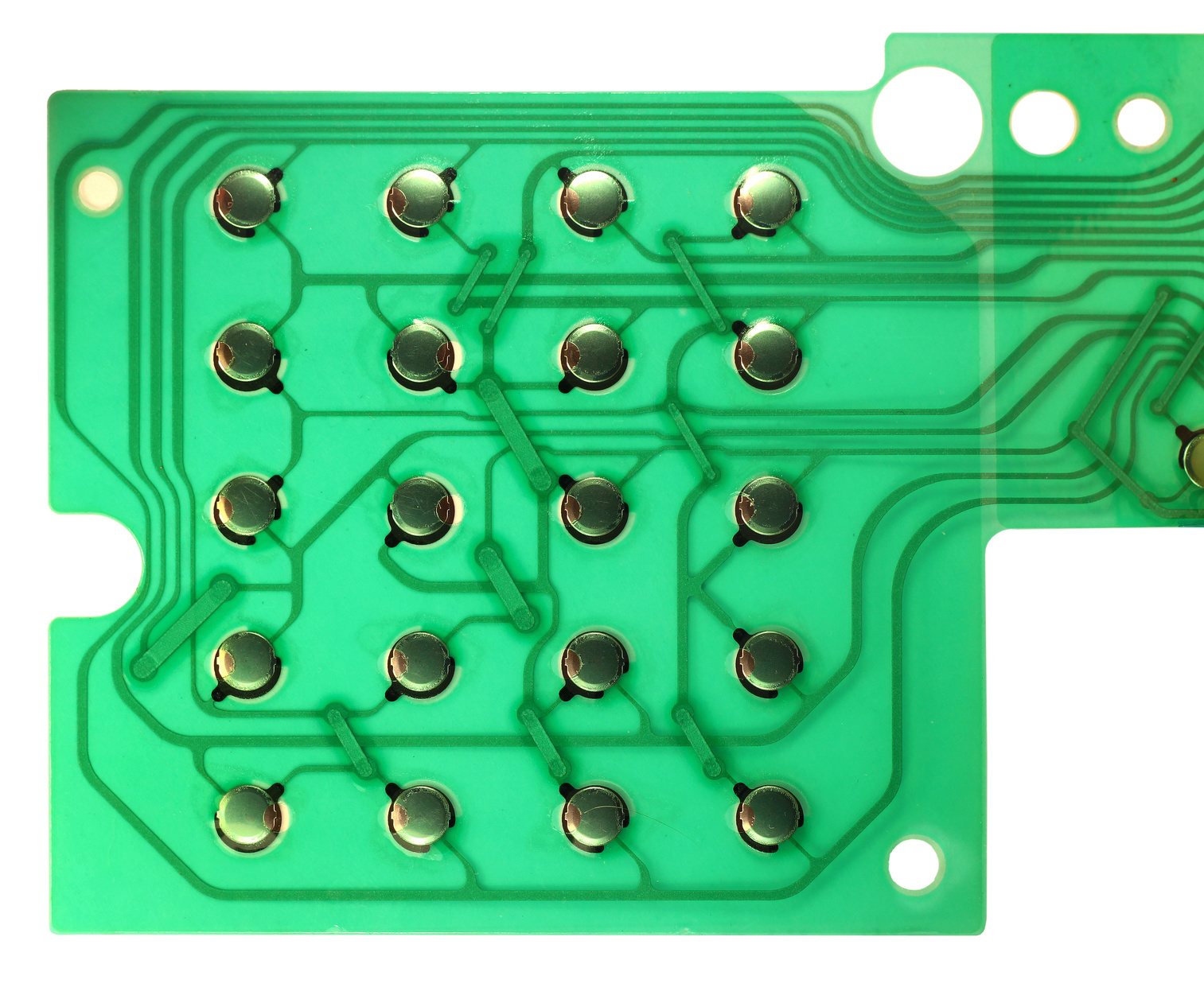Understanding the Capability of Membrane Layer Switches Over for Customer Interface Gadget
The capability of membrane layer switches stands for a considerable development in individual interface design, combining efficiency with aesthetic versatility. These buttons run with a multi-layered structure that converts individual communications right into electrical signals, permitting both small designs and durability against environmental elements. As markets increasingly prioritize user experience, understanding the subtleties of membrane layer switch technology comes to be essential. What effects do these improvements hold for future applications, and how might they redefine user communications throughout different gadgets?
What Are Membrane Buttons?
Membrane layer buttons are innovative user interface tools that help with customer communication with electronic devices. These functional components contain several layers, including a graphic overlay, spacer, and a printed circuit layer. The design allows for a seamless combination into different electronic gadgets, improving both the visual and practical elements of interface.
Membrane layer buttons are generally used in a large range of applications, from household home appliances to industrial equipment and clinical devices. Their building generally features a thin account, making them an ideal choice for small designs. The tactile feedback supplied by these switches can be engineered to satisfy particular customer choices, making certain reliable interaction in between the customer and the tool.
Resilience is an additional significant benefit of membrane layer switches, as they are immune to dirt, wetness, and chemicals, which enhances their lifespan in demanding settings. In addition, these buttons can be personalized in regards to form, dimension, and visuals design, enabling branding and user-specific features. In general, membrane layer switches over stand for a sensible solution for boosting individual experience in electronic tools, combining capability with visual charm in a reliable fashion.
Just How Membrane Layer Switches Over Job
Operating on an uncomplicated concept, membrane layer switches over make use of a split building to register customer input effectively. Each button is composed of several layers, including a published circuit layer, a spacer layer, and a top visuals layer, which are created to collaborate effortlessly. When a user presses the leading layer, it compresses the spacer layer, bringing the conductive components of the circuit layer into call with each other.
This call produces a closed circuit, signaling the gadget to perform a specific function. The style allows for different arrangements, including tactile comments, which can boost the customer experience by offering a physical feeling upon activation. The products used in membrane switches usually include versatile substratums, such as polyester or polycarbonate, which ensure toughness and resilience against wear and tear.

Secret Advantages of Membrane Layer Buttons

One more considerable advantage is their compactness. Membrane buttons are slim and light-weight, which makes it possible for manufacturers to conserve area in their gadgets without compromising performance. This feature is specifically valuable in applications where weight and quantity are critical considerations.
In addition, membrane switches are resistant to dirt, wetness, and chemicals, enhancing their longevity. This strength expands their life-span and minimizes the need for constant substitutes, causing expense savings with time.
In addition, the responsive comments offered by membrane switches can be enhanced to boost individual interaction. They can include features such as raised buttons or distinct clicks, boosting usability and individual experience.
Applications Throughout Industries
User interface tools utilizing membrane buttons prevail in a large range of sectors, showcasing their adaptability and performance. Membrane Switch. In the clinical field, membrane switches are indispensable to devices such as diagnostic devices and person monitoring systems, where their useful content longevity and ease of cleansing are critical for preserving health criteria. In the vehicle industry, these buttons are used in dashboard controls and infotainment systems, supplying a sleek and contemporary user interface for customers.
Furthermore, the customer electronic devices field gain from membrane layer buttons in devices and portable tools, where portable layout and straightforward user interfaces boost customer experience. Industrial applications additionally utilize membrane layer changes for control panels in machinery and automation systems, emphasizing their robustness and resistance to harsh environments.
In the aerospace and defense industries, membrane switches are used in cabin controls and tools, where reliability and performance under severe problems are paramount. Additionally, the gaming industry progressively integrates membrane layer buttons in controllers and arcade devices, contributing to an appealing individual experience. Generally, the convenience of membrane layer changes enables their extensive use throughout many industries, underscoring their value in contemporary user interface go to the website layout.
Future Patterns in Membrane Layer Change Technology

In addition, using innovative materials, such as polycarbonate and polyester films, is anticipated to climb, offering improved sturdiness and resistance to ecological stressors. These products add to the general long life of membrane layer switches, making them appropriate for harsher commercial applications.
Furthermore, the consolidation of clever technology, including IoT connection, will certainly make it possible for membrane switches to communicate with other devices and systems, promoting an extra interactive customer experience. This fad straightens with the expanding demand for smart devices across various industries, from health care to customer electronic devices.
Finally, modification alternatives are prepared for to increase, enabling makers to produce bespoke options customized to certain individual requirements and preferences. These advancements will place membrane layer buttons as crucial parts in the advancement of interface innovation.
Final Thought
Finally, membrane switches represent a crucial advancement in interface modern technology, using a trustworthy and flexible remedy for diverse electronic applications. Their split building see here now helps with portable design, while features such as responsive comments enhance customer interaction. The sturdiness against ecological elements further strengthens their utility throughout several industries. As innovations in product science and touch picking up technologies proceed, the performance and applicability of membrane layer buttons are expected to increase, enhancing their relevance in modern digital tools.
Comments on “Necessary Attributes to Seek When Picking a Membrane Switch”